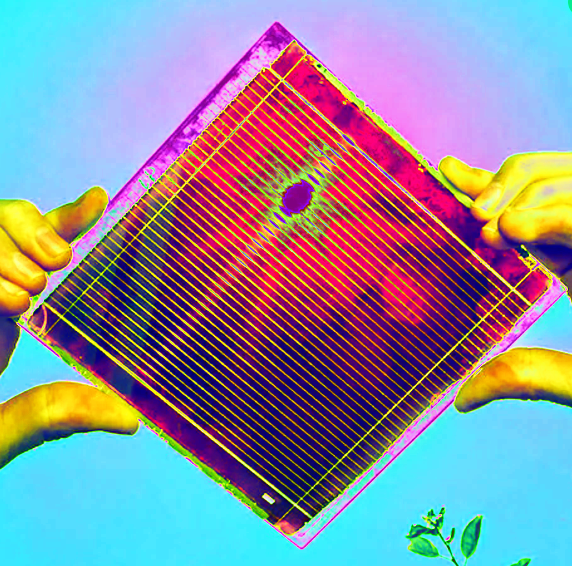Copper boost backed
 The CEFC says its latest investment could supercharge solar panel efficiency and drive down costs.
The CEFC says its latest investment could supercharge solar panel efficiency and drive down costs.
The Clean Energy Finance Corporation (CEFC) has made a $7 million investment in Australian company SunDrive.
SunDrive owns the patents for technology that uses copper as the conductive material to pull the electrical current from solar cells, instead of the industry standard silver.
At nearly 100 times cheaper than silver and far more abundant, the switch to copper has the potential to improve solar panel uptake by driving down costs.
The technology has set solar efficiency world records, further expanding its commercial potential.
The solar PV industry consumes approximately 10 per cent of the world’s silver, and 20 per cent of total industrial demand.
This is expected to increase, highlighting the need to find alternative minerals to avoid a supply bottleneck and price challenges. Using more widely available resources like copper reduces the likelihood that silver will be mined from lower quality ores which have higher emissions.
“The technology has the potential to revolutionise the onshore production of solar cells and the development of an Australian solar manufacturing industry. Improving sovereign manufacturing capability will increase Australia’s resilience to supply chain disruptions and further enable the uptake of solar PV,” says CEFC CEO Ian Learmonth.
SunDrive co-founder and CEO Vince Allen said: “The solar cells needed to decarbonize the world will need to be more efficient, cheaper and scalable than they are today. The use of silver is the common denominator and is holding back the rapid advancements needed to transition to a solar powered electric world”.
“Australia has arguably made the greatest scientific contribution to the development of solar technology, having invented the technology behind 90 per cent of all solar panels made worldwide. SunDrive is thrilled to now be working with Australia’s top deep tech and cleantech investors in developing next generational solar technologies.”







 Print
Print